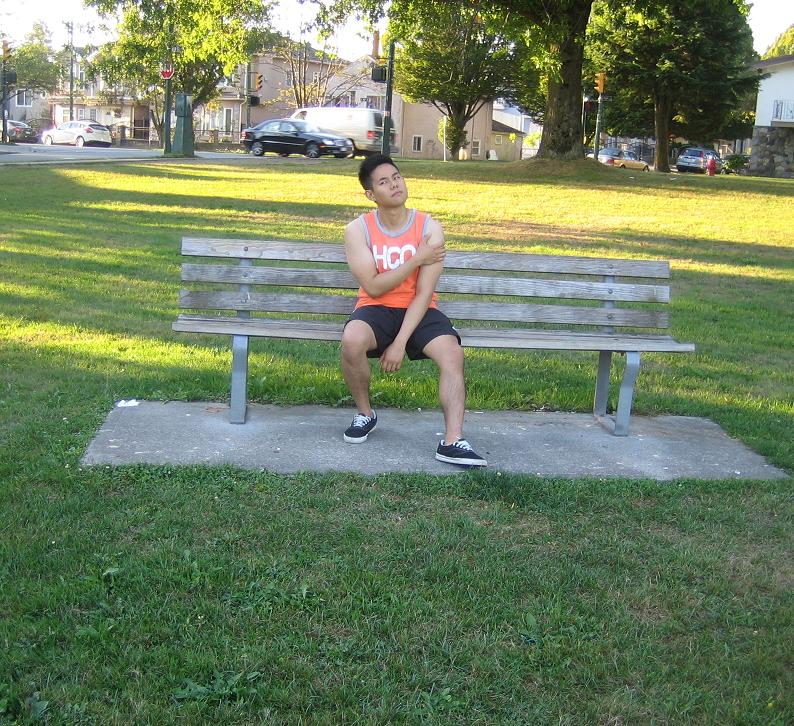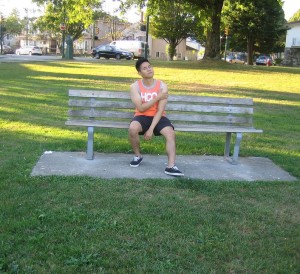A shoulder joint bruise is a condition where the shoulder bone is injured and cause development of purplish-bluish skin discoloration below the skin of the joint of the shoulder. This is common in athletes and people performing heavy weight lifting or lifting heavy objects.
Causes
- Torn shoulder muscles
- Injury or trauma to the joint of the shoulder
- Falling and landing on the joint of the shoulder
- Heavy lifting
Apply mild pressure on the affected area immediately after the injury to lessen the bleeding and prevent the formation of bruise or hematoma.
Symptoms of a shoulder joint bruise
- Pain and swelling of the affected area
- Discoloration of the skin which is bluish-purplish to green-yellow coloring during healing stage.
- Limited range of movement of the joint
- Formation of hematoma on the affected area
- Pinched nerve
- Tingling and numbness sensations in the fingers
Treatment
- Apply mild pressure on the affected area immediately after the injury to lessen the bleeding and prevent the formation of bruise or hematoma.
- Take plenty of rest for fast healing of the condition.
- Wear a sling to prevent unnecessary movements and prevent further injuries. Another alternative is using a splint to immobilize the area.
- Apply a cold compress on the front and back of the joint of the shoulder. Put some ice cubes in a plastic bag and wrap it in a towel before placing to the area for at least 20 minutes every two hours to relieve of the pain and the swelling.
- Compress the area using an ACE elastic bandage to give equal pressure on the affected area to lessen the swelling. It also supports the shoulder and relieve of the discomforts. Avoid wrapping it too tight to prevent problems with circulation.
- Elevate the affected shoulder above the level of the heart to lessen the swelling. Raise the shoulders in couple of pillows to keep it elevated and for fast healing of the condition.
- Prescribed pain medications to lessen the pain and the swelling due to shoulder joint bruise.
- Drainage of the hematoma is needed that forms on the shoulder and does not heal due to periosteal bruise or an intramuscular bruise.
- Massage gently the affected shoulder to release tension and stress on the shoulder. It also increase flow of blood and lessen the swelling and the stiffness of the area.
- Perform rehabilitation exercises with the help of the physical therapist to maintain muscle tone, stiffness and restore range of movement of the shoulder.
FACT CHECK
https://www.healthline.com/health/bone-bruise
https://www.epainassist.com/sports-injuries/shoulder-injuries/shoulder-joint-bruises
https://www.webmd.com/pain-management/why-does-my-shoulder-hurt#1

